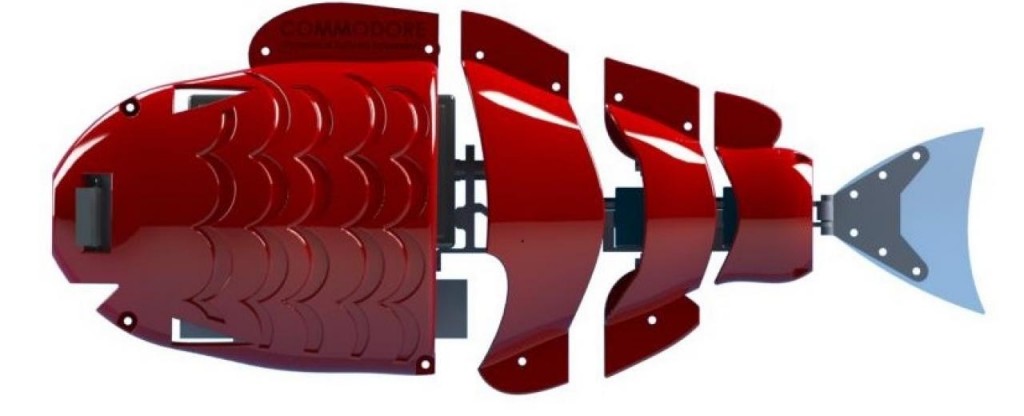We have covered robitic fish quite extensively, but recent advancements in technology and the availability of cutting edge “off the shelf” technology in the new maker movement, robotic fish are getting more advanced and approachable. Take for instance Maurizio Porfiri, a professor in mechanical engineering at New York University Polytechnic School of Engineering, who is using 3D printed technology to build a realistic robotic fish that can be via an iPhone app.
Utilizing his expertise around 3D printing, Porfini has more flexibility to conceptualize, build and test designs to create a realistic robotic fish by printing out the new components in the lab. This can drastically reduce costs and time in testing prototypes.
Another intriguing aspect of this project and team is leveraging the smartphone as the controller for the fish. The team has designed the app controlled robotic fish that allows the fish to steer the fish and change the amplitude and frequency of its swimming.
Starting off as an idea to utilize fish as research specimens instead of rats used traditionally to understand animal and human behavior, the robotic fish will help facilitate easier and more manageable research. The team is using the robotic fish with zebrafish in trials. Because zebrafish are actually commonly used for contemporary animal research because the vertebrates are easy to keep, breed, and study. This is mainly because of the transparency of their embryos, which are laid and grow outside of the female’s body and are produced in large numbers
Porfini and his team see the robotic fish aid in the study of anxiety and fear. In the past they would have have put predatory fish in with the zebrafish, dosed the tank with alcohol, and watched to see what would happen.
“The problem with these experiments is that sometimes the predator doesn’t behave the way it should,” says Porfiri.”So what we wanted to do was replace the predator with a robot that would always behave the same with the animals.”
What are some real world applications of this research?
“We can make predators which can condition animal behavior,” adds Porfiri. “So, for example, we may want to drive our fish away from danger if there were an oil spill. There was no research before, at least to the best of my knowledge, focused on influencing the behavior of fish using robots, and now people are starting to look into this technology for doing experiments in their own laboratories.”




